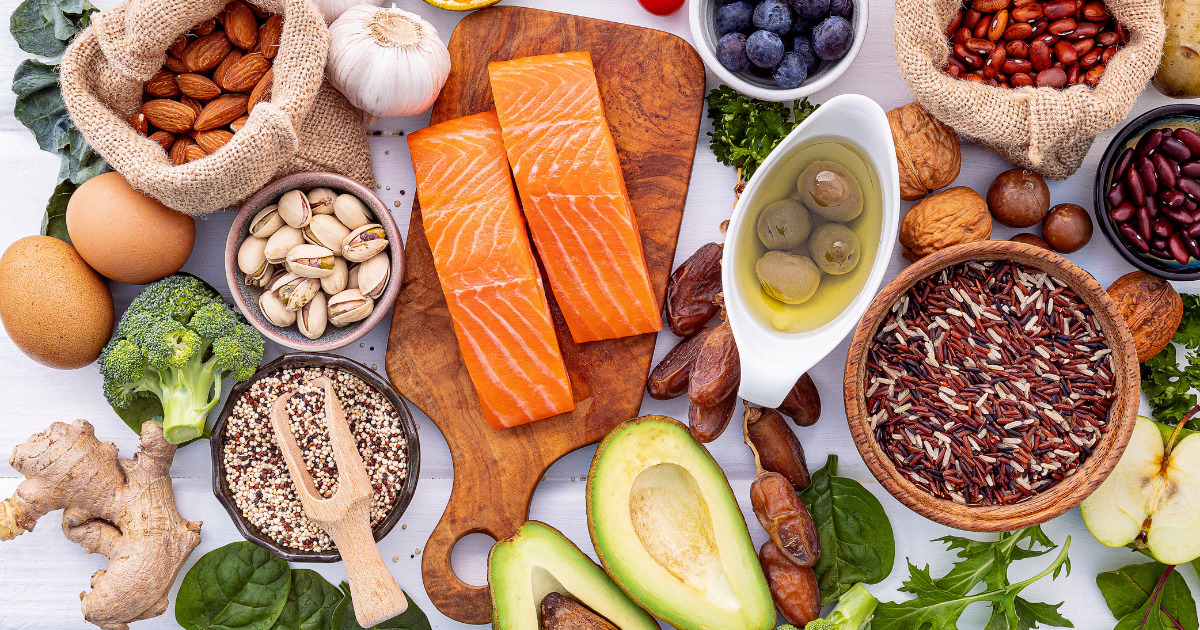Electrolytes: The Human Battery
Our bodies are like giant energy factories, with oxygen, food, and water as primary fuel sources. But many are unaware of the critical role electrolytes play in metabolic energy. Each human cell is capable of producing approximately 1.4 volts of electricity. Although this may not sound like a lot, when multiplied by the 50 trillion cells in our body, we arrive at an astonishing 70 trillion volts or the equivalent of 70 billion lightning bolts!
To better understand each energy source, we’ve created an easy-to-read chart showing you how to incorporate more electrolytes into your daily diet. Navigate through the tabs below to better understand the types of electrolytes, their functions, and food sources to boost them.

William Savage, RD | william.savage@hcsgcorp.com
“My desire to teach and learn is insatiable and I’m proud to be on the HCSG team.”
Bill is a graduate of the University at Florida State with over 20 years of experience in the clinical arena. Before joining the HCSG Dietitian team in 2021, Bill led the nutrition rotation for the Gastroenterology Fellowship Program for almost a decade at an acute care surgical and transplant hospital.







